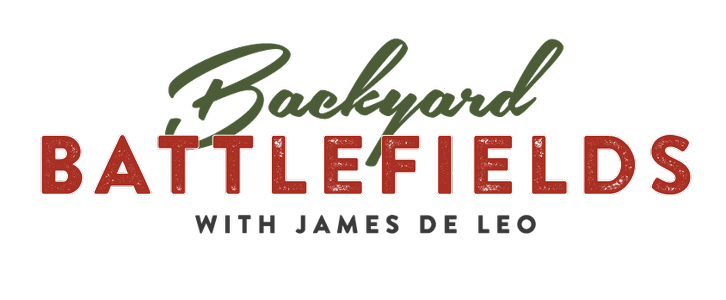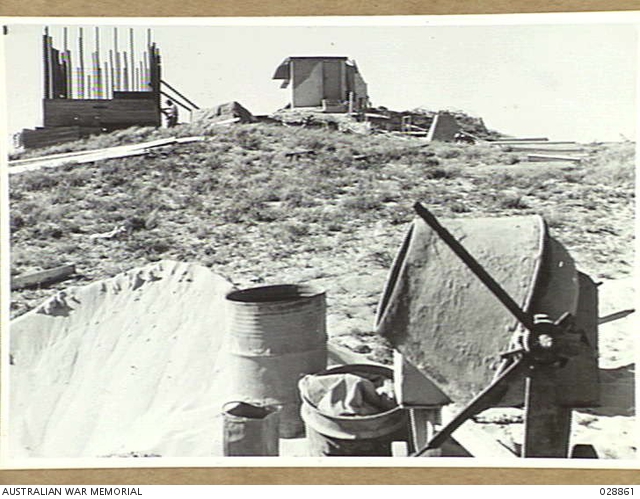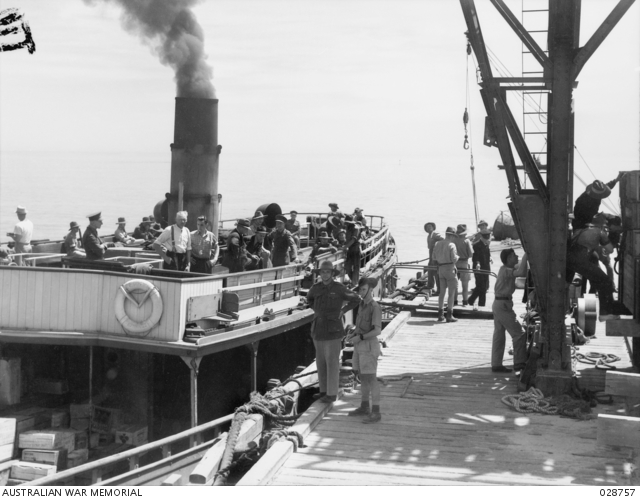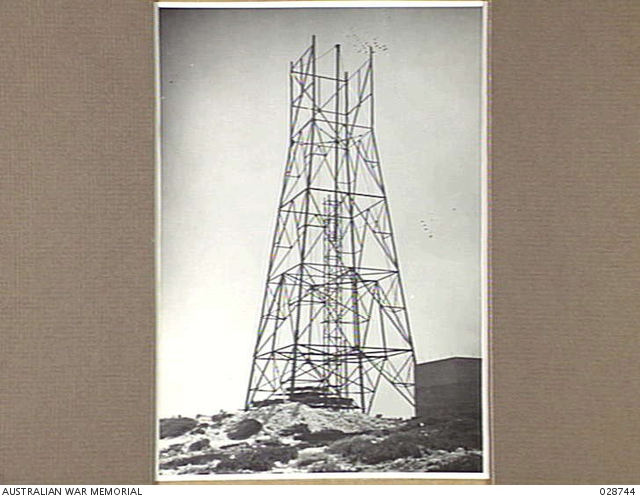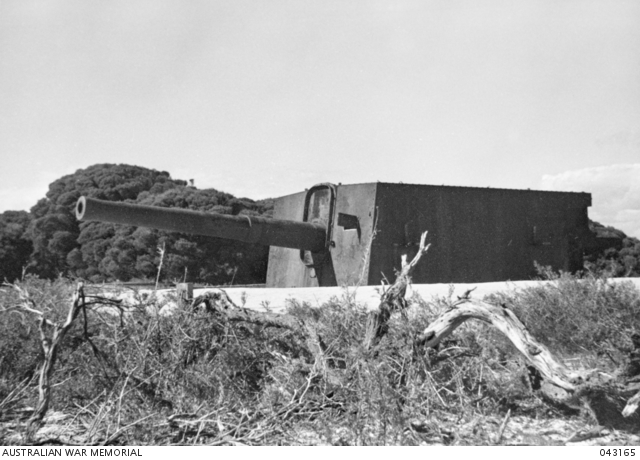
TRANSCRIPT: “Rottnest is an island lying about 20km off the coast of Western Australia. It’s is very popular with families and as a ‘schoolies’ destination, as I can attest because this is where I came as a young punk after my year 12 exams a very long time ago.
Rottnest was so named by early Dutch explorers who mistook the Islands miniature Marsupials for giant rats. During the early years of the Swan River Colony, the original name for the British settlement in Western Australia, it experienced steady and varied use and part of the islands darker past was as a prison for native Australians, who called it Wadjemup meaning ‘Land across the sea’. The area is of significance to aboriginal people and Archeological artifacts have been found on the island indicating a presence dating back over 6500 years. Its connection with the military began in 1839 and it was used for military training until World War 1 when it became a holding camp for German and Austrian internees and P.O.W.s awaiting transportation to the main concentration camp in Holsworthy, New South Wales.
After the war, holiday makers were permitted to return to the Island, but that changed in 1935 when it was decided to make Rottnest the site of a main link in a series of gun emplacements which would form part of the dramatically named Fremantle Coastal Defence Fortress.
Setting up the Rottnest Guns was a massive undertaking, as thousands of tonnes of raw material needed to be shipped over. In charge of the project was Lieutenant BF Hussey of the Royal Australian Engineers who quickly got to work. He started building two emplacements, one at Oliver Hill in the centre of the island and a smaller site at Bickley Point on the Western side closer to Perth. The overall construction took 3 years, but before it could even start, significant infrastructure, such as a bigger jetty and railway needed to be built. So what guns would be placed there and why? British coastal defence strategy was based around 3 types of threat. Class A – Attack by Battleship, Class B – Attack by armoured cruisers and Class C – Attack by smaller ships such as unarmoured cruisers, torpedo boats and ‘blockships’. A ‘blockship’ incidentally was a vessel used to block a passage of water…. not made of Lego.
To defend against Class A and B attacks, which were the bigger ships, the Oliver Hill battery was equipped with two 9.2inch Naval guns, H1 and H2. It’s easy to get bogged down when talking about artillery in bore sizes, inches and cms, but to help visualize the seriousness of these guns, they could fire an 172kg projectile over 30KM. Broadly that would be like throwing a fridge from Perth to Joondalup or from Sydney to Mona Vale and one more time for the benfit of our international subscribers and fans of Ali G London to Staines.
These guns were originally to be placed at Mosman Park on the mainland but it was realized that this position wouldn’t prevent the bombardment of Fremantle by enemy Cruisers. To outrange the enemy, the guns had to be further out to sea. You can find out more about the Mosman Park gun position by downloading the Leighton Battery episode.
The H1 gun barrel is still on display at Oliver Hill and weighs 30 tonnes. It was originally supplied to the Royal Navy for fleet use in Hong Kong. Each gun, it’s mountings and other equipment installed at Oliver Hill cost over 40,000 pounds each, that would be approximately 2,000,000 today. That’s excluding the cost of other construction such as tunnels, magazines and store-rooms etc.
The Bickley Point Battery was two 6 inch Mark XI naval guns with a maximum range of 16 kilometres. This was deemed sufficient for Class C threats. Their role was as a close defence battery to deny ships use of the South Passage. The emplacements were built by the Todd Brothers of Leederville for a contract cost of 8,471 pounds. Very precise.
An interesting note given the debate on womens role in the military today was that the fire control instruments were manned by the Australian Women’s Army Service. Whether or not this was due to a tacit acknowledgement of a woman’s greater ability to multi-task is unknown.
The guns were built to deter an attack Fremantle, which at the time was the largest Submarine base in the Southern hemisphere, hosting British, US and Dutch submarines, in addition to surface ships, port facilities, fuel storage tanks and many, many other accoutremant of war. It would’ve been a tempting target if Japanese or indeed German, submarines or surface raiders had not had their hands full elsewhere.
By the mid-1940s, the focus of threat moved to Northern Australia, so the fixed defences at the Rottnest Island Fortress were reduced. The 9.2-inch guns were mothballed and only the 6-inch guns at Bickley remained manned. The period of intensive military activity on Rottnest Island ended with the guns never being fired in anger and they were effectively retired at the wars end. They only exist today as a priceless historical site because it would’ve cost more to remove them and ship them back to Perth than their scrap metal value. As a consequence, of the seven 9.2 inch batteries which protected Australian ports during WW2 this is the only intact example remaining and one of only a few left anywhere in the world
While these days the only thing Fremantle needs defending from is an invasion of Hipsters and Lime Green utes, the Rotto guns stand as a reminder of a time when Western Australia played a critical role in not just Australia’s defence but as part of the total Allied war effort and they truly are a fascinating piece of Australia’s defence heritage.”
This story can be downloaded from:
https://itunes.apple.com/au/podcast/backyard-battlefields/id910408871?mt=2
